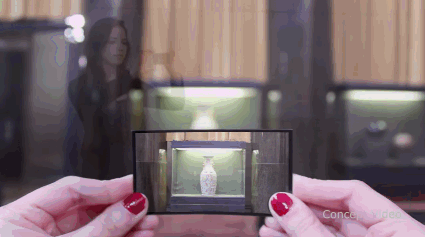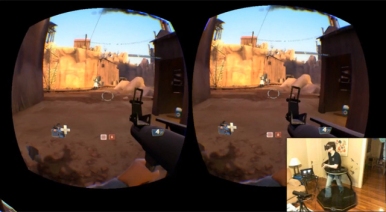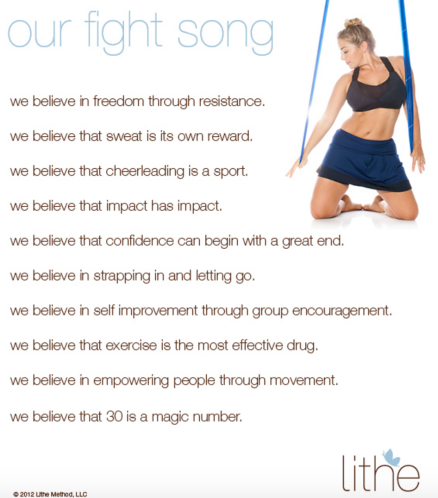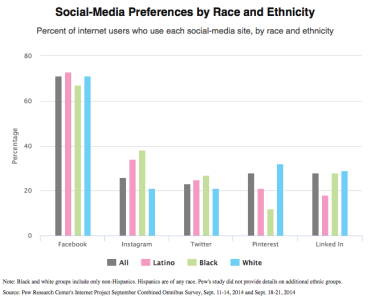It seems as though everyone in the world uses some sort of camera these days. Thanks to cameras being merged into our smart phone it has become an easily accessible item. More and more social media sites encourage the use of a camera in order for people to interact with their followers.

Recently I read an article about researchers at Colombia University developing a sheet camera. The camera would be flexible enough to put against any surface or angle capturing a perfect image from wherever it lays. For example, the camera can be wrapped around a lamp post to capture a video at 360 degree angles.

The camera is in the beginning stages right now, but after it has finished imagine what this will mean for the mobile phone industry. Most people are using cameras from their phones, would this mean that more cell phones could have a similar flexible feature allow users to capture images from difficult angles? I guess we will see.






